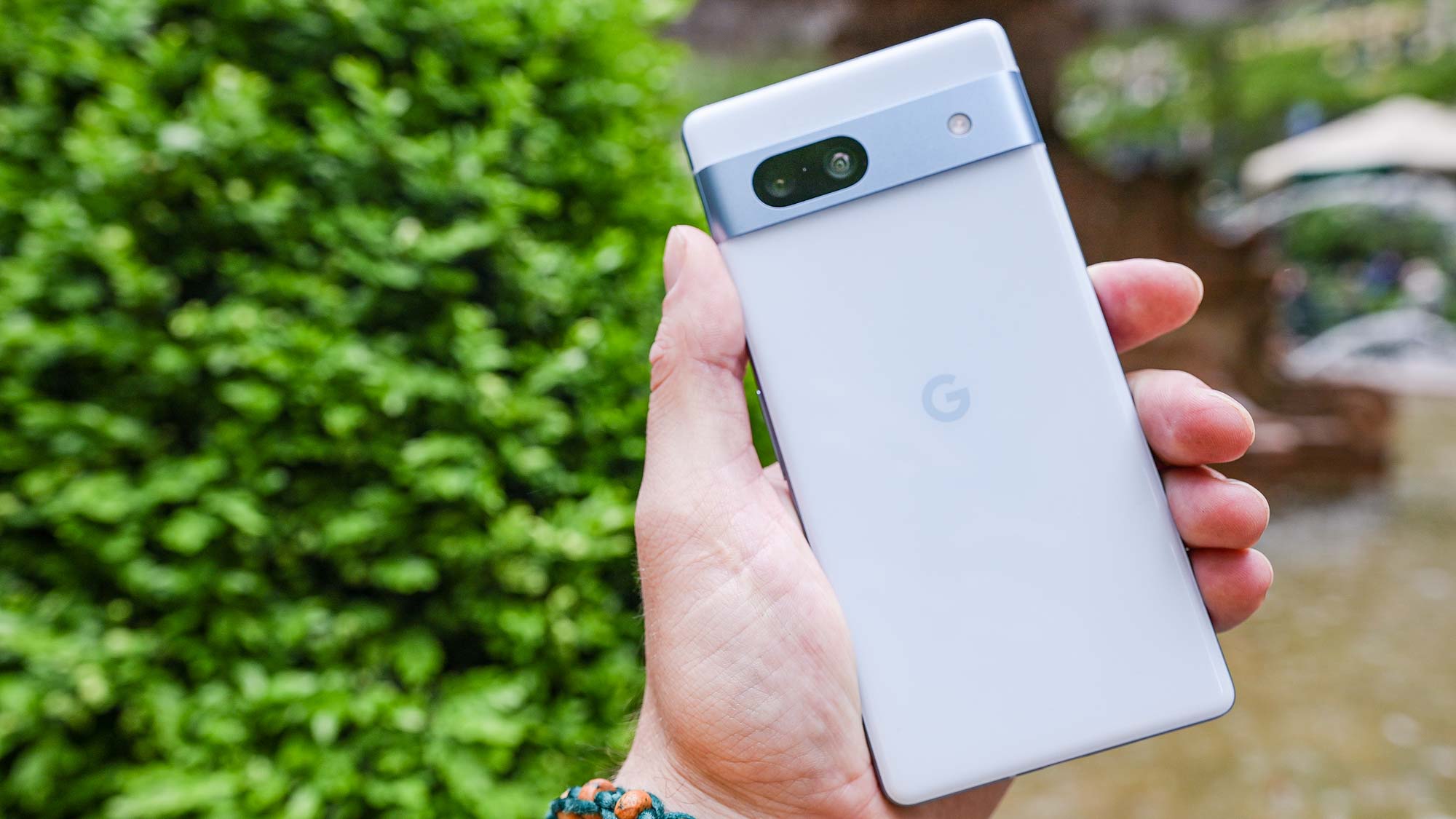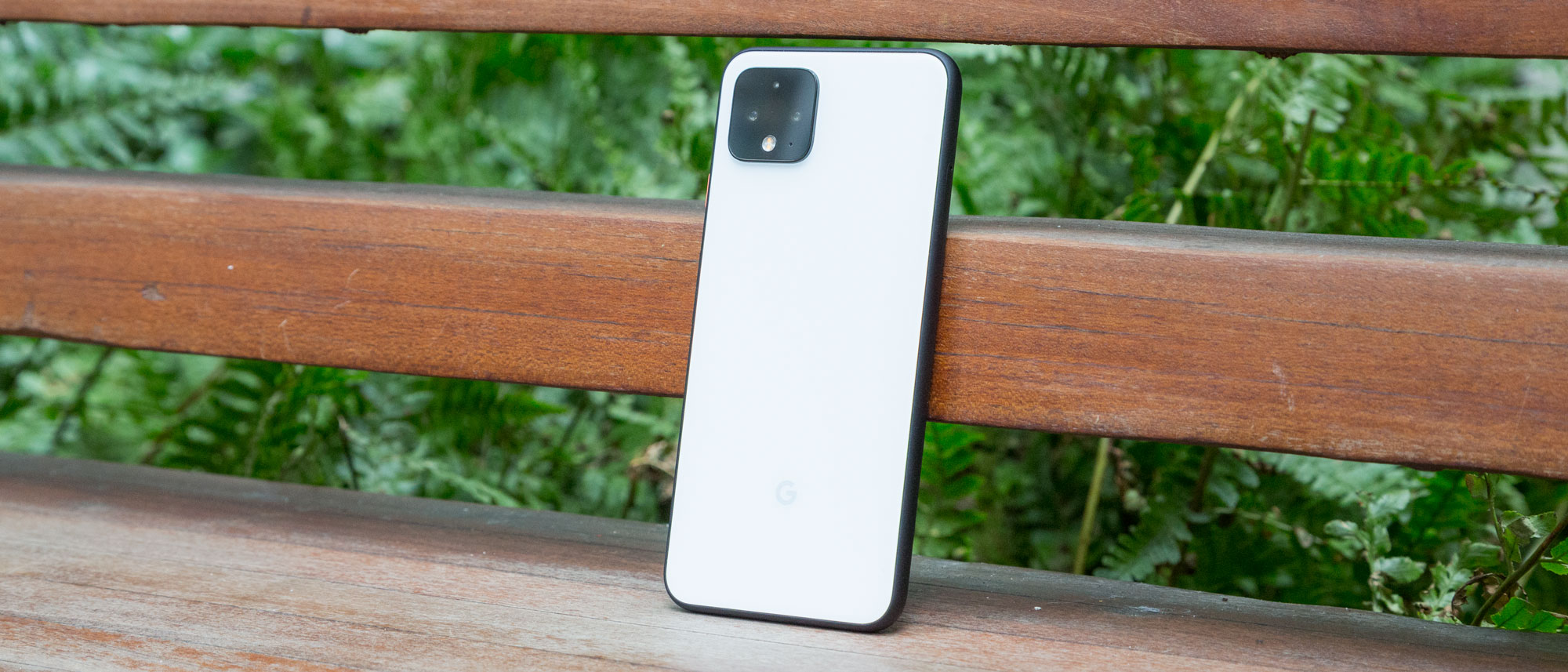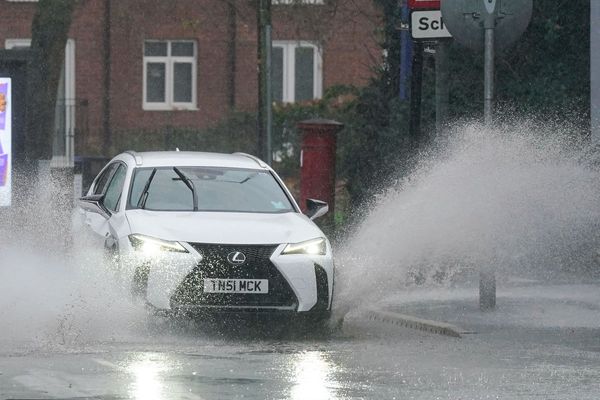
The Google Pixel 7a is one of the best cheap phones you can buy right now, with the $99 price tag offering a range of premium features, great photos and solid performance. One of those features is the 90Hz display. Unfortunately, like a hi-tech vampire, that screen may have a weakness to bright sunlight.
The Pixel 7a’s refresh rate isn’t adaptive, so that 90Hz refresh rate should stay that way no matter what. But Reddit user pawlikx_iron has noticed that isn’t always the case. Apparently bright sunlight forces the Pixel 7a’s screen to drop to 60Hz, only for it to jump back to 90Hz once you’re in the shade.
Pawlikz_iron notes that the phone is still cool when the refresh rate takes a dip, but other commenters have noted this seems to be by design. Strong sunlight can heat things up pretty quickly, and higher temperatures typically leads to a loss of power efficiency.
It was recently revealed that the Pixel 7a uses a less efficient version of the Tensor G2 chipset — which can cause the phone to run hotter than other Pixel 7 devices. So it’s possible Google has taken a more proactive stance to ensure the Pixel 7a’s temperature stays as stable as possible.
One commenter notes the Android source code mentions refresh rate will lock at 60Hz when light intensity exceeds 50k lux. They note that other Pixel phones seem to be designed to do this, while another comment mentions widely-reported refresh rate issues on the Pixel 4.

Shortly after launch users noted that the Pixel 4 was having issues maintaining a 90Hz refresh rate — and the problem was lighting conditions. Setting the screen brightness below 75% caused a dip to 60hz, except in conditions with sufficient ambient lighting, with Google noting this was a power-saving move. Shortly after this news broke Google released updates to ensure 90hz was available in more lighting conditions.
It’s not clear whether Google will do anything similar with the Pixel 7a, but there is something you can do about it at home. As one Reddit user points out, heading into Developer options will reveal an option to Force peak refresh rate. That should force your phone to stick to 90Hz in all conditions, though you should be aware that excess heat will affect power efficiency and could damage your battery over time.
Developer options are hidden by default, but it can be revealed by heading to Settings > About phone > tapping Build number seven times and entering your PIN. You can then find the Developer options menu in the System menu of the settings, or by searching for it.







